|
The Teens stretched their creativity with Encaustic Painting. We started class by learning about the history of Encaustic painting. Encaustic painting is one of the world's oldest art forms! The artists of Ancient Greece made the earliest applications of encaustic wax paint – hence the Greek word "enkaustikos," meaning "to burn in." Greek artists used wax paint to adorn sculptures, murals, boats, and architecture. They also used wax paint to highlight the features of the marble statues placed around the Acropolis. Greek art spread to Egypt during the Hellenistic period, and with a large Greek population, it didn't take the Egyptians long to adapt to wax paint. Greek-trained Egyptians started to incorporate encaustic paint into their paintings and mummification practices. As encaustic painting flourished in Greece and Egypt, it was also inevitable to spread to Rome. In fact, Julius Caesar himself commissioned an encaustic painting from Timomakos. More artists turned to tempera, fresco, and oil painting techniques during the Middle Ages. Encaustics have become a popular art medium in the last decade. The Medium:
Applications: Priming and Fusing: Prime the surface to prepare the board.
Add Color: Make colored wax by adding pigment in the form of premade pigmented medium, oil paint, or oil sticks. Smooth application of color:
Painting with Pan Pastels: "Paint" your piece of art by adding color with pan pastels. Wear gloves and use makeup sponges to add color. Fuse in the color – watch the surface because it will spread if it gets too hot. Adding Mixed Media: Really, anything goes!
Enjoy their work!
0 Comments
Your comment will be posted after it is approved.
Leave a Reply. |
AuthorJamie Lightfoot is an oil painter and owner of Picket Fence Art Studio. Archives
June 2024
Categories
All
|
In The Heart of Woodinville's Wine Country
Our light-filled Studio is located in the Heart of Woodinville Wine Country.
14700 148th Avenue NE
Woodinville
(425) 466 - 1751
14700 148th Avenue NE
Woodinville
(425) 466 - 1751
|
Hours:
Tuesdays: 2:00 - 8:00 pm Wednesdays: 3:00 - 6:00 Saturdays: 11:00 am -4:00 pm Sundays: By appointment |
|
Proudly powered by Weebly
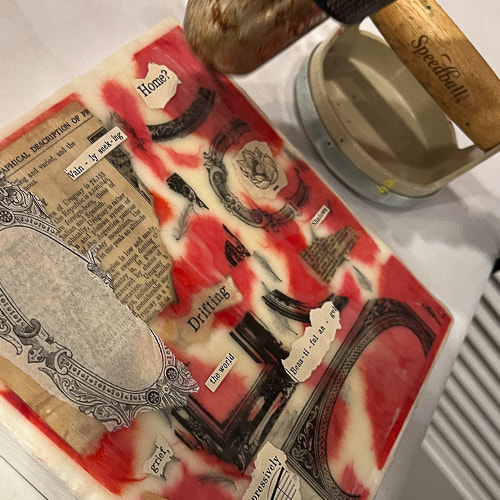
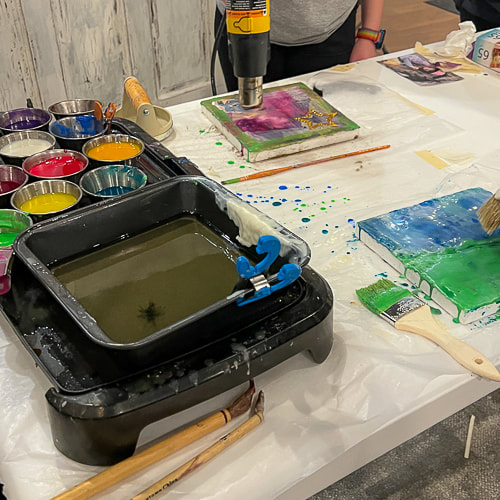
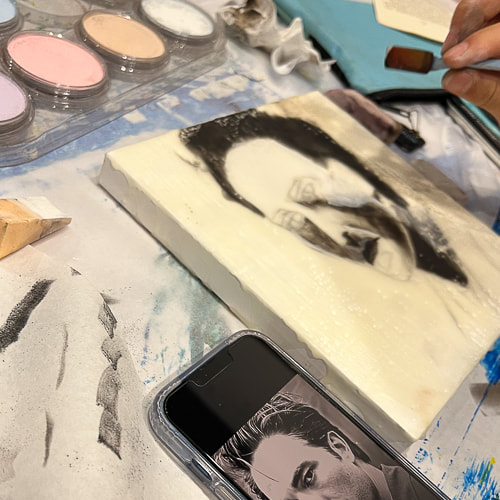
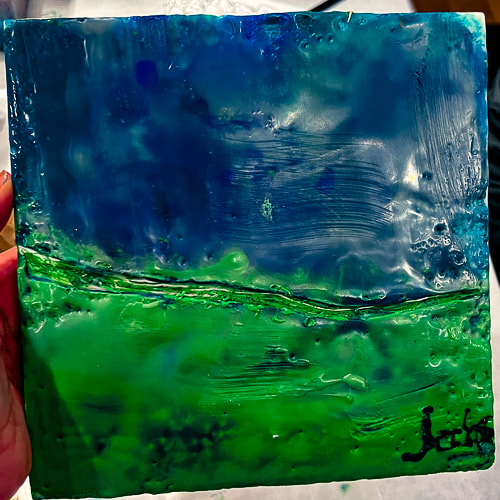
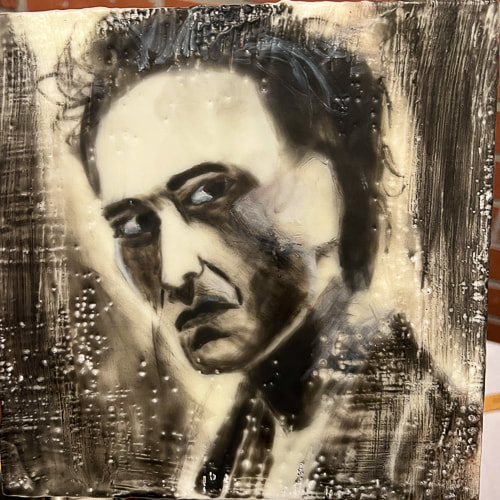
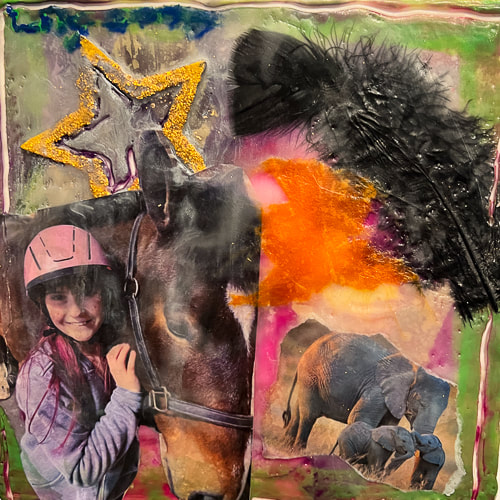
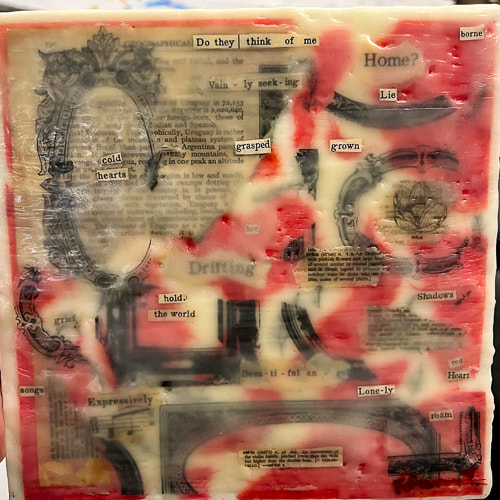
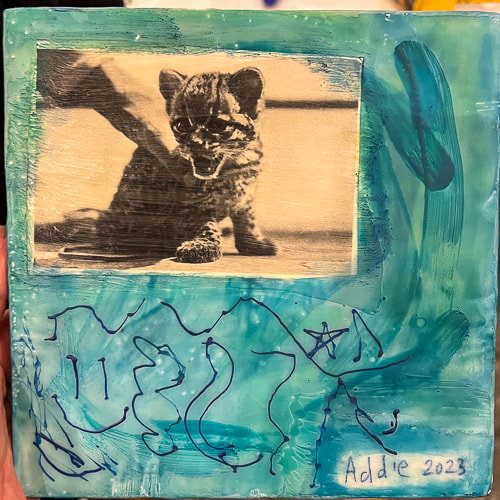
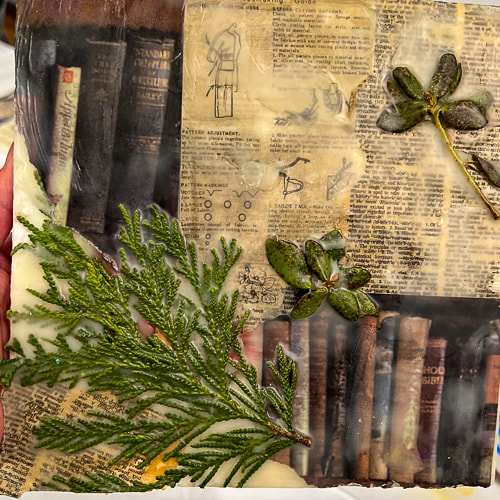
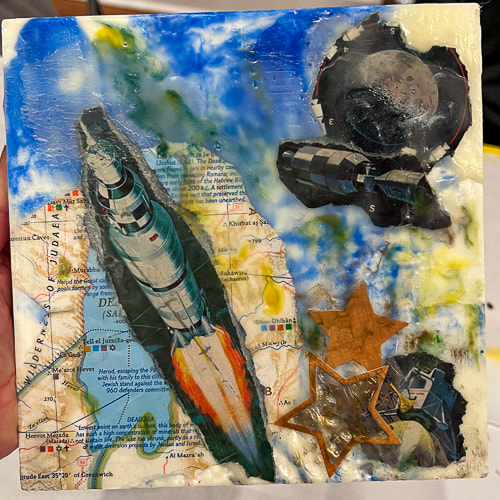
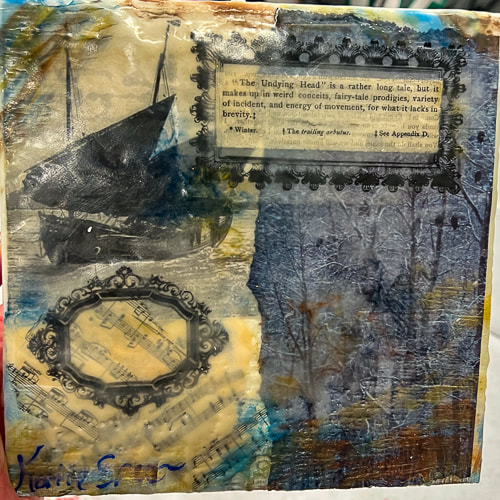
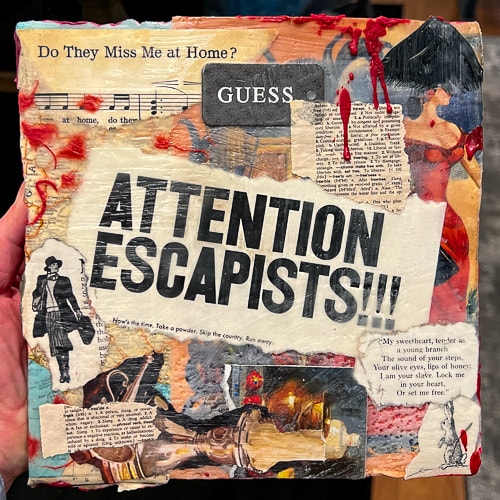
 RSS Feed
RSS Feed